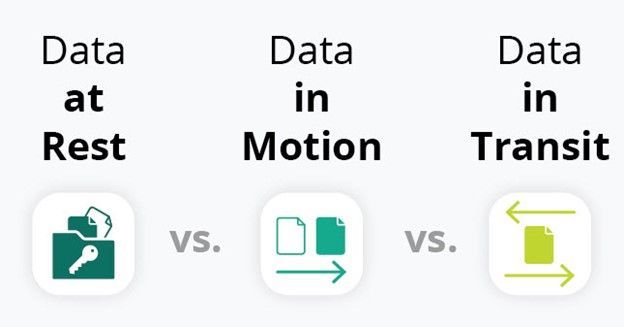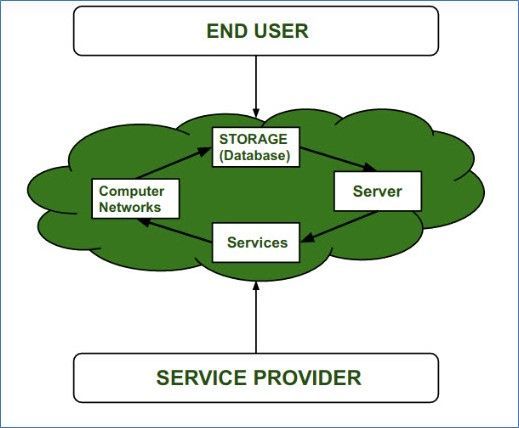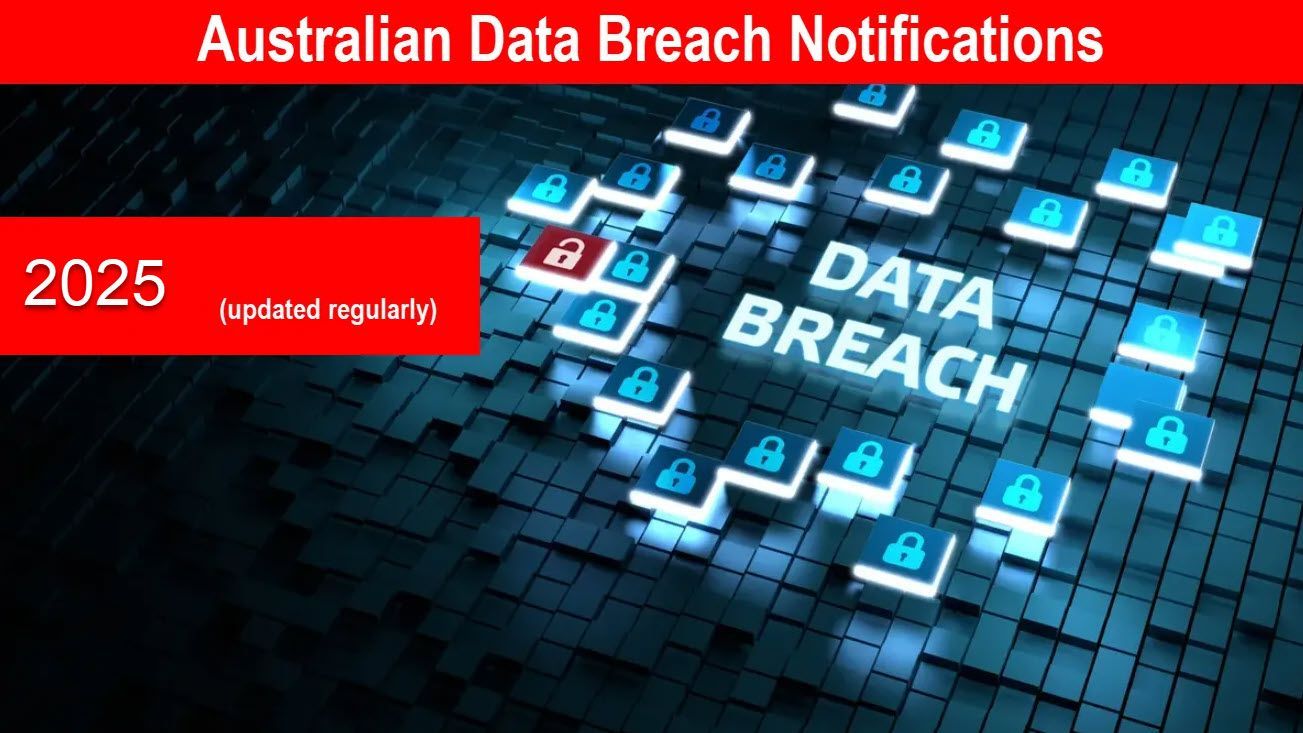Cloud Encryption Strategies: Securing Sensitive Data in Remote Storage

What is Cloud Encryption?
Cloud encryption involves encoding data using algorithmic methods so it can only be accessed by authorised parties with the correct decryption keys.
When implemented properly across an organisation's cloud deployments, encryption establishes an essential layer of defence for data handled throughout its lifecycle, whether at rest, in transit or in use.
Proper strategies are needed to effectively secure data in dynamic cloud environments spanning multiple service providers.
Types of Cloud Encryption
There are three main categories of cloud encryption based on where and when data is secured:

Data at Rest Encryption
Data at rest encryption refers to encrypting data that is stored in the cloud. It protects data from unauthorised access even if the storage servers or devices are compromised.
With data at rest encryption, the data is encrypted before it is written to disks or databases in the cloud. It remains encrypted while at rest in the cloud storage. Only authorised applications and users with proper encryption keys can decrypt and access the stored data.
Data in Transit Encryption
Data in transit encryption protects data that is moving or in motion between cloud services and between user devices and the cloud infrastructure. It encrypts data as it travels over networks. It protects data from being accessed or viewed by unauthorised parties during transmission.
Transport Layer Security (TLS) is commonly used to encrypt data in transit between browsers and apps to cloud services. Virtual private networks (VPNs) can also be used to encrypt traffic between devices and cloud networks.
Confidential Computing
Confidential computing is an emerging technique that aims to encrypt data during processing without decrypting it first. It gives permission for certain operations to be performed on encrypted data directly without exposing the decrypted data to unauthorised access.
It protects data privacy even as the data is being actively used and processed in the cloud.
Confidential computing techniques use homomorphic encryption and secure enclaves like Intel SGX to protect data confidentiality during computation processes in the cloud.
Cloud Encryption Algorithms
Given below are the three encryption algorithm types used for cloud encryption:
Symmetric Encryption
Symmetric encryption uses the same private key to encrypt and decrypt data. Algorithms like AES (Advanced Encryption Standard) and 3DES (Triple Data Encryption Standard) fall under this category.
Symmetric encryption is faster than asymmetric encryption, but the private key needs secure distribution between parties. Popular in data at rest and data in transit encryption use cases.
Asymmetric Encryption
Asymmetric encryption, also known as public-key cryptography, uses separate public and private keys. The public key encrypts data, while the private key decrypts it. Algorithms include RSA (Rivest–Shamir–Adleman) and elliptic curve cryptography (ECC).
Asymmetric is slower than symmetric, but the public key can be openly distributed and used for key exchange and digital signatures.
Hybrid Encryption
A hybrid encryption model combines the strengths of symmetric and asymmetric methods. In a typical approach, a symmetric data encryption key is dynamically generated and encrypted with the recipient's public key. The encrypted key is then transmitted along with the encrypted data.
Upon receipt, the recipient decrypts the symmetric key with their private key and uses the decrypted symmetric key to decrypt the data. It provides optimal security, performance and flexibility for a wide range of cloud encryption use cases.
Cloud Encryption Implementation Approaches
Here are the three main cloud encryption implementation approaches:
Server-Side Encryption
Server-side encryption involves cloud providers encrypting and managing the encryption of customer data on their servers before storing it.
The provider handles encryption, decrypting data for customer access. While simple, it provides less customer control over encryption management and keys.
Client-Side Encryption
With client-side encryption, organisations encrypt data themselves on customer workstations or edge devices prior to uploading to the cloud using managed encryption keys. Encryption keys are kept within the organisation's control, not the provider's.
So, with this, maximum security is ensured, though implementation is more complex than server-side methods.
File/Gateway-Based Encryption
File or gateway-based encryption relies on encryption software or appliances that encrypt files or network traffic before reaching the cloud. Files remain encrypted during transfer and at rest in the cloud. Encryption keys stay on-premises.
It provides strong encryption without deploying specific client-side apps. Security is balanced between server and client-side approaches.
Best Practices for Correct Implementation of Cloud Encryption
Correct implementation requires diligently following security best practices:
Leverage Native Cloud Encryption
Integrating native encryption services offered directly by cloud providers allows for taking advantage of their encryption expertise and infrastructure.
Using server-side at-rest and in-transit encryption protects the majority of data with less management overhead.
Supplement with Client-Side for Sensitive Data
Client-side encryption of only the most sensitive data keeps the strongest encryption controls within an organisation's purview. Balancing security and scalability, this hybrid approach offers practical usability.
Enforce Access Controls
Restricting access to encryption keys and decrypted data to only authorised users, applications and actions is vital. Role-based access controls strengthen security postures around cloud encryption implementations.
Key Management Best Practices
Proper key storage, regular rotation, and secure distribution between parties ensure keys are always protected and usable. Key management is paramount for deriving full value from encryption.
Assess Compliance Needs
Regulatory standards for encryption differ by industry and location. Thorough planning satisfies all applicable compliance mandates around data security, privacy and auditing.
Monitor and Educate Ongoing
Continuous monitoring detects encryption issues or misconfigurations. User training builds an understanding of best practices to foster security as a shared responsibility across all involved parties long-term.
Cloud Encryption Challenges and Guidelines

There are definitely some challenges in implementation of cloud encryption strategies. Below are some cloud encryption challenges and guidelines to address them:
List of Services
-
Key Management BurdenList Item 1
- Dedicated teams and automation tools ease this burden and reduce the risk of exposure over manual methods.
-
Processing ImpactList Item 2
- New confidential computing techniques help minimise delays.
-
Compliance ComplexityList Item 3
- Careful OR&A is key to demonstrate encryption meets all relevant policies, breach notification laws and regulations.
-
Key Loss RisksList Item 4
- Strict controls and backups mitigate loss risks if encryption keys are improperly stored, distributed or managed.
-
Overcoming Hurdles with Experience
- Native services, feature integration and proven processes from cloud vendors can advise navigating barriers through cloud models' advantages over on-prem structures.
-
Risk Reduction Outweighs Costs
- Encryption implemented prudently according to expert guidelines affords ample protection increases versus compliance and management expenditures required.
Final Words
Implementing strong cloud encryption strategies is important for organisations securely leveraging cloud services and protecting sensitive data. While cloud encryption does require diligent planning and management, when done correctly according to industry best practices, it significantly reduces risks of data breaches or unauthorised access. Working with experienced cloud security specialists can help overcome encryption challenges and ensure full compliance with applicable regulations.










